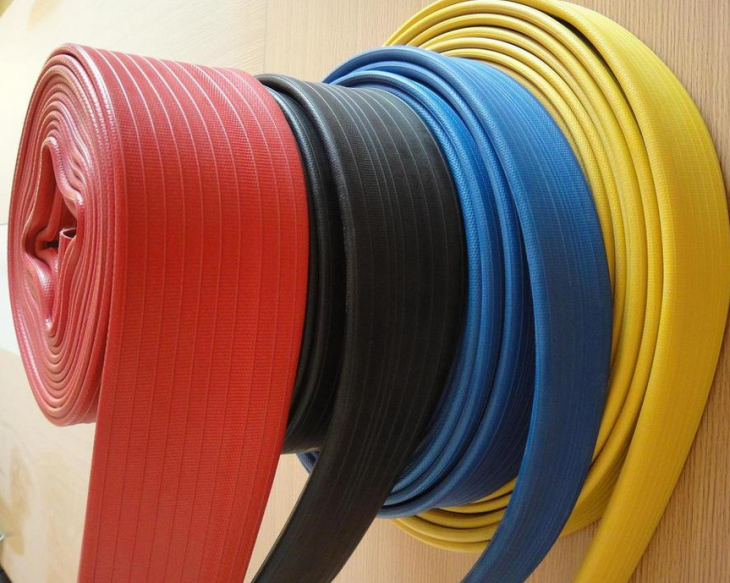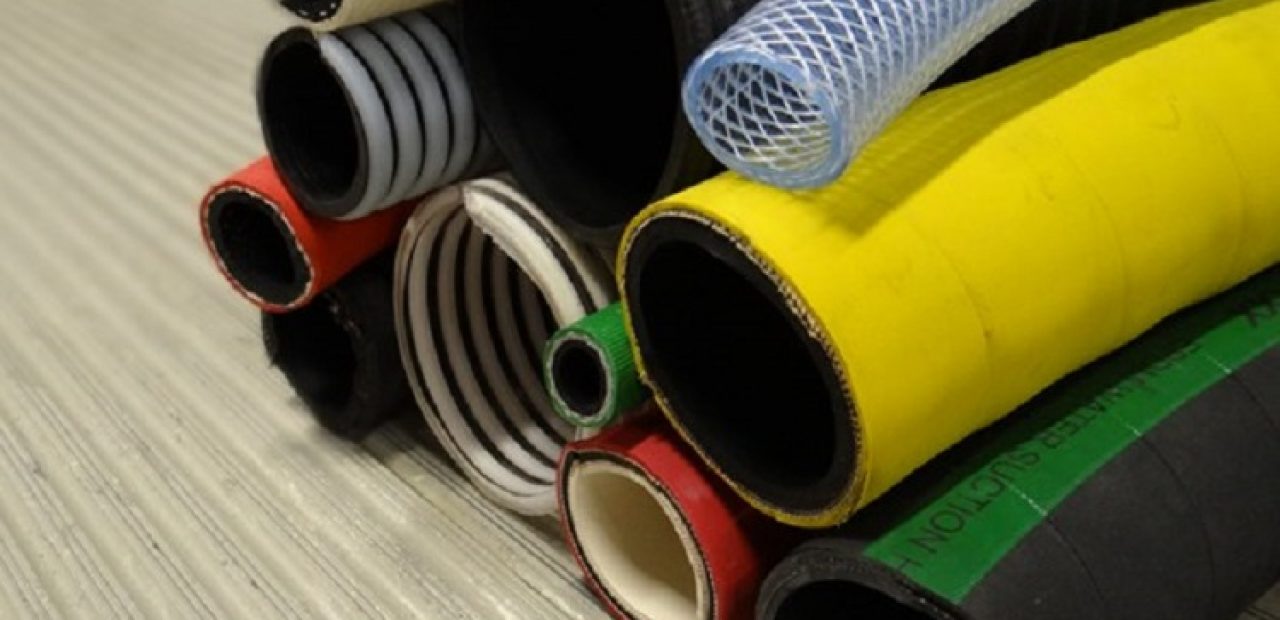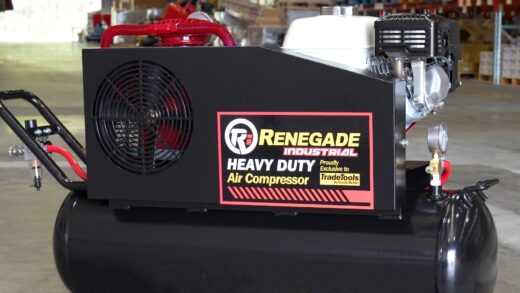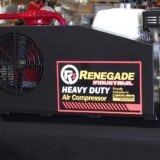The Most Common Types of Hoses and Their Applications
There are just so many things in this world, it’s hard to keep track of all that information. Sure, you might know all 802 Pokèmon species, but do you know the various types of hoses out there? Unlike Pokèmon, hoses are practical, everyday things and the need for them will eventually arise, regardless if you’re a business owner, plumber or an average homeowner. If the only thing that comes to mind when you hear the word “hose” is a long, green rubber tube meant for watering the garden, then let me enlighten you. Here are the most common types of hoses and their applications.
Contents
Water Hose
The most common purpose of a hose is used to distribute water. But unlike your average garden hose, industrial water hoses are large and made from high-quality materials that allow them to resist high amounts of pressure. Usually, the inner side of the hose is made of premium PVC and EPDM which provides smooth operation and guarantees durability. These are the hoses to buy when you’re performing irrigation, fertilizing farms, cleaning tanks and large machinery, and wastewater drainage.

Material Handling Hose
This is an umbrella term used to describe hoses used to transport or move different types of materials such as gas, powder, fertilizer, strong fibres, cement, and various fluids and chemicals. Material handling hoses are very flexible and made from the strongest of materials. You can recognize them by their exposed helix which allows for ease of drag and provides protection from abrasives.
Layflat Hose
The name says it all – it’s a hose that can be laid flat and coiled when not in use. It takes up less space, it’s convenient to store, and can easily fit in a vehicle. Layflat hoses are made from PVC and are used to distribute water at construction sites or agricultural fields.
Petroleum and Gas Hoses
Most commonly used in the oil and gas sector, these are hardwearing industrial hoses with extreme levels of resistance. Because this type of hose is used for transmission of oil, petroleum and other related fluids, it’s made out of a combination of NBR, PVC, and SBR material to ensure a smooth and unrestricted flow of sticky and hot substances.
Firefighting Hoses
These are hoses that professional firefighters can use, but are also the necessary hoses to buy when you’re working around chemicals or toxic spills which might prevent you from putting out a fire with a regular water hose. Firefighting hoses are coated with polyurethane which can withstand high temperatures, is resistant to oil and grease and has a wide hardness range. These hoses have a high burst pressure and can be stored wet. With a high-quality design, these hoses guarantee reliability when you need it most.

















